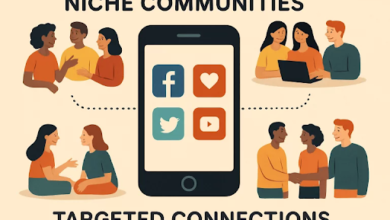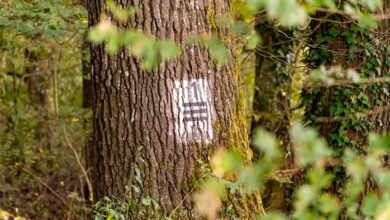
The number 217-241-3376 has generated curiosity regarding its purpose. Calls from unfamiliar numbers can arise from various sources, including telemarketers, emergency alerts, or legitimate organizations. Understanding the motives behind such outreach is crucial for managing potential risks. Identifying the caller can reveal whether the communication is a harmless inquiry or a possible scam. The implications of this knowledge warrant further exploration into the nature of these calls and how to respond effectively.
Identifying the Caller: Who Is Behind 217-241-3376?
When considering the identity of the caller behind the number 217-241-3376, one might wonder what information can be gleaned from this seemingly random series of digits.
A phone number lookup can reveal crucial details regarding the caller identity, such as location and associated names.
Understanding this information empowers individuals to make informed decisions about whether to engage with unfamiliar contacts.
Common Reasons for Receiving Calls From Unfamiliar Numbers
Why do individuals often find themselves receiving calls from unfamiliar numbers?
Common reasons include telemarketing calls attempting to sell products or services and emergency alerts providing critical information.
These calls may originate from automated systems or legitimate organizations, aiming to reach a broad audience.
Understanding these motives can help recipients navigate the flood of unsolicited communications in an increasingly connected world.
How to Determine if the Call or Text Is a Scam
Identifying whether a call or text from an unfamiliar number is a scam requires careful evaluation of several key indicators.
Effective scam detection includes scrutinizing the caller's number, analyzing the message content for urgency or personal information requests, and verifying the sender's identity.
Prioritizing phone safety involves trusting instincts; if something feels off, it's prudent to investigate further before responding.
Steps to Take If You Receive Unwanted Communication
Receiving unwanted communication can be unsettling, prompting individuals to consider their next steps carefully.
First, they should explore reporting options available through their phone carrier or relevant authorities. Additionally, blocking numbers can prevent further contact, offering peace of mind.
Individuals are encouraged to document occurrences, as this information may be beneficial if the situation escalates or requires further action.
Conclusion
In conclusion, understanding the nature of calls from numbers like 217-241-3376 is crucial in today's fast-paced, digital landscape, reminiscent of the Wild West where every stranger could be a potential threat. By identifying the caller and assessing the context, individuals can better navigate unsolicited communications. Implementing proactive measures to verify the legitimacy of such outreach not only enhances personal safety but also fosters a sense of control over one's communication environment, reducing unnecessary anxiety.




